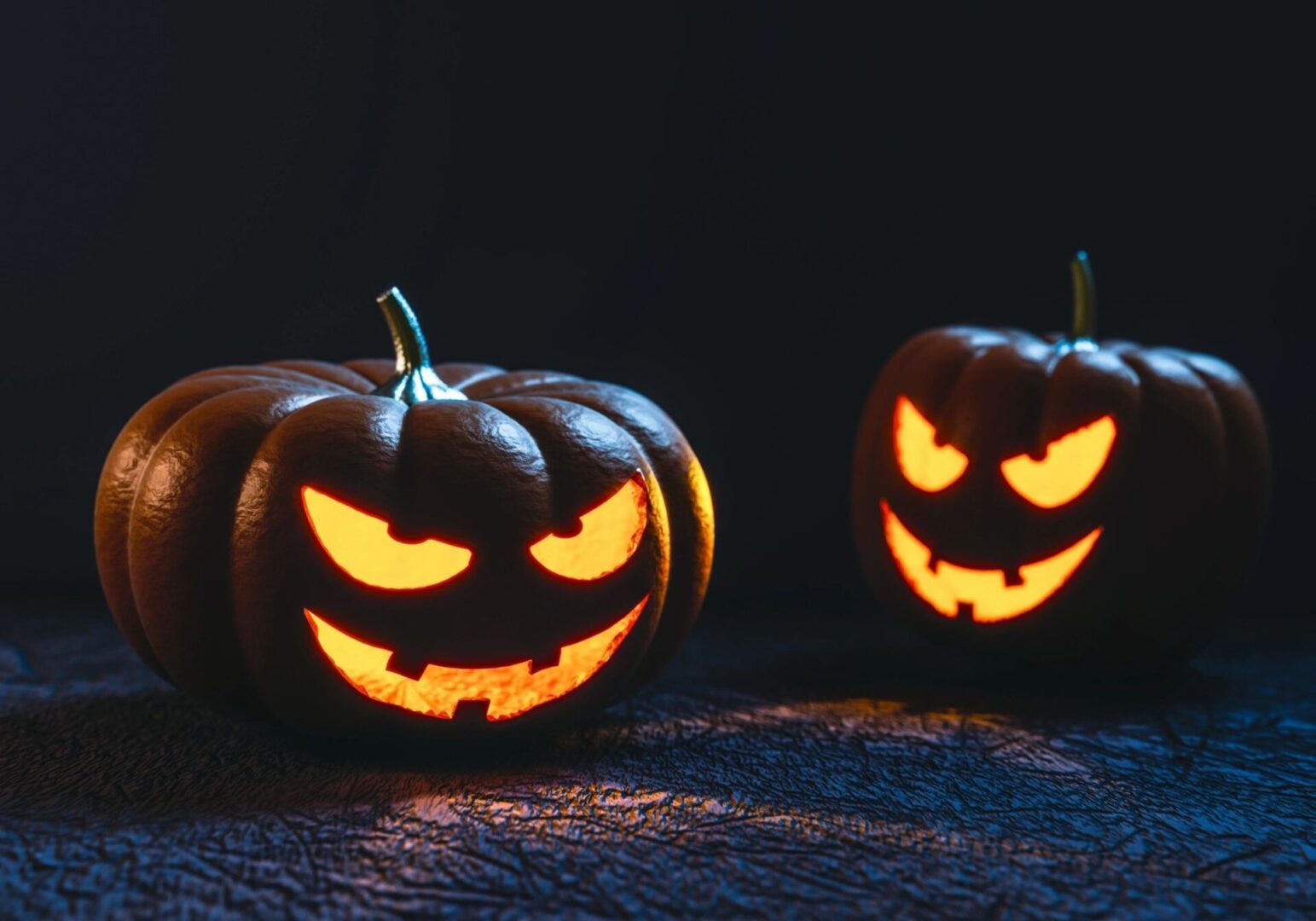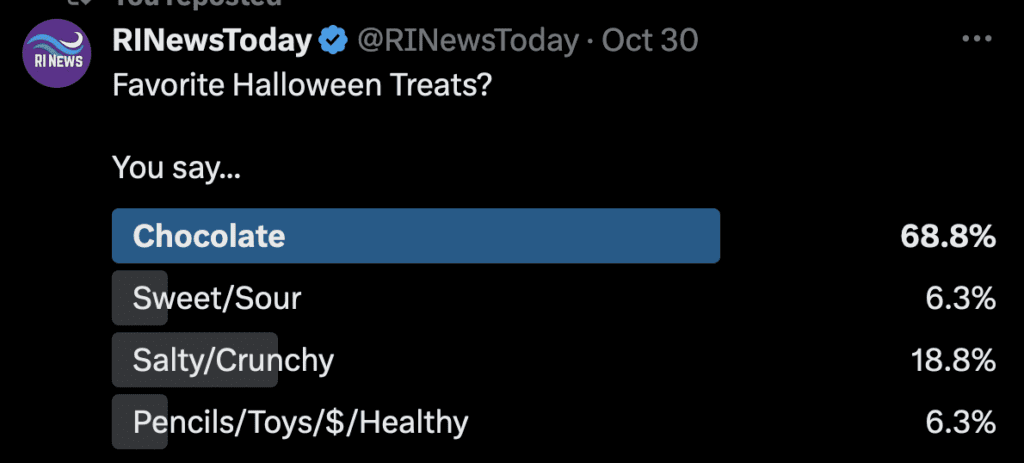Search Posts
Recent Posts
- Real Estate in RI: Historic East Side home sells for $3M+ – Rebecca Mayer, Compass July 27, 2024
- Providence College varsity athletics has $100M+ annual economic impact to Rhode Island July 27, 2024
- Rhode Island Weekend Weather for July 27/28, 2024 – Jack Donnelly July 27, 2024
- Burn with Kearns: Why single leg dead lifts are better – Kevin Kearns July 27, 2024
- In the News… summary for week ending July 27, 2024 July 27, 2024
Categories
Subscribe!
Thanks for subscribing! Please check your email for further instructions.

Halloween 2023
Dating back 2,000 years to the Celtic festival of Samhain, Halloween has evolved into a celebration characterized by child-friendly activities like dressing in costumes, trick-or-treating and carving pumpkins.
The following facts are made possible by the invaluable responses to U.S. Census Bureau surveys. We appreciate the public’s cooperation as we continuously measure America’s people, places and economy.
There are a potential 128.5 million housing units in the US – so many doors, so little time – so much candy! 72.4 million children under the age of 18 are in the US.
There are over 3,227 candy and confection stores in the US.
1/4 of all the candy sold in a calendar year is sold for Halloween
20% of people plan to put costumes on pets
60% of parents help themselves to some of their children’s Halloween haul.
Only Boston, MA makes the list of top places to go Trick or Treating in our local region.
Favorite candy? This is what Rhode Islanders say they like:

From The History Channel:
Ancient History of Halloween
Halloween’s origins date back to the ancient Celtic festival of Samhain (pronounced sow-in). The Celts, who lived 2,000 years ago, mostly in the area that is now Ireland, the United Kingdom and northern France, celebrated their new year on November 1.
This day marked the end of summer and the harvest and the beginning of the dark, cold winter, a time of year that was often associated with human death. Celts believed that on the night before the new year, the boundary between the worlds of the living and the dead became blurred. On the night of October 31 they celebrated Samhain, when it was believed that the ghosts of the dead returned to earth.
In addition to causing trouble and damaging crops, Celts thought that the presence of the otherworldly spirits made it easier for the Druids, or Celtic priests, to make predictions about the future. For a people entirely dependent on the volatile natural world, these prophecies were an important source of comfort during the long, dark winter.
To commemorate the event, Druids built huge sacred bonfires, where the people gathered to burn crops and animals as sacrifices to the Celtic deities. During the celebration, the Celts wore costumes, typically consisting of animal heads and skins, and attempted to tell each other’s fortunes.
When the celebration was over, they re-lit their hearth fires, which they had extinguished earlier that evening, from the sacred bonfire to help protect them during the coming winter.
By A.D. 43, the Roman Empire had conquered the majority of Celtic territory. In the course of the 400 years that they ruled the Celtic lands, two festivals of Roman origin were combined with the traditional Celtic celebration of Samhain.
The first was Feralia, a day in late October when the Romans traditionally commemorated the passing of the dead. The second was a day to honor Pomona, the Roman goddess of fruit and trees. The symbol of Pomona is the apple, and the incorporation of this celebration into Samhain probably explains the tradition of bobbing for apples that is practiced today on Halloween.
How Did Halloween Start in America?
The celebration of Halloween was extremely limited in colonial New England because of the rigid Protestant belief systems there. Halloween was much more common in Maryland and the southern colonies.
As the beliefs and customs of different European ethnic groups and the American Indians meshed, a distinctly American version of Halloween began to emerge. The first celebrations included “play parties,” which were public events held to celebrate the harvest. Neighbors would share stories of the dead, tell each other’s fortunes, dance and sing.
Colonial Halloween festivities also featured the telling of ghost stories and mischief-making of all kinds. By the middle of the 19th century, annual autumn festivities were common, but Halloween was not yet celebrated everywhere in the country.
In the second half of the 19th century, America was flooded with new immigrants. These new immigrants, especially the millions of Irish fleeing the Irish Potato Famine, helped to popularize the celebration of Halloween nationally.
History of Trick-or-Treating
Borrowing from European traditions, Americans began to dress up in costumes and go house to house asking for food or money, a practice that eventually became today’s “trick-or-treat” tradition. Young women believed that on Halloween they could divine the name or appearance of their future husband by doing tricks with yarn, apple parings or mirrors.
In the late 1800s, there was a move in America to mold Halloween into a holiday more about community and neighborly get-togethers than about ghosts, pranks and witchcraft. At the turn of the century, Halloween parties for both children and adults became the most common way to celebrate the day. Parties focused on games, foods of the season and festive costumes.
Parents were encouraged by newspapers and community leaders to take anything “frightening” or “grotesque” out of Halloween celebrations. Because of these efforts, Halloween lost most of its superstitious and religious overtones by the beginning of the twentieth century.
